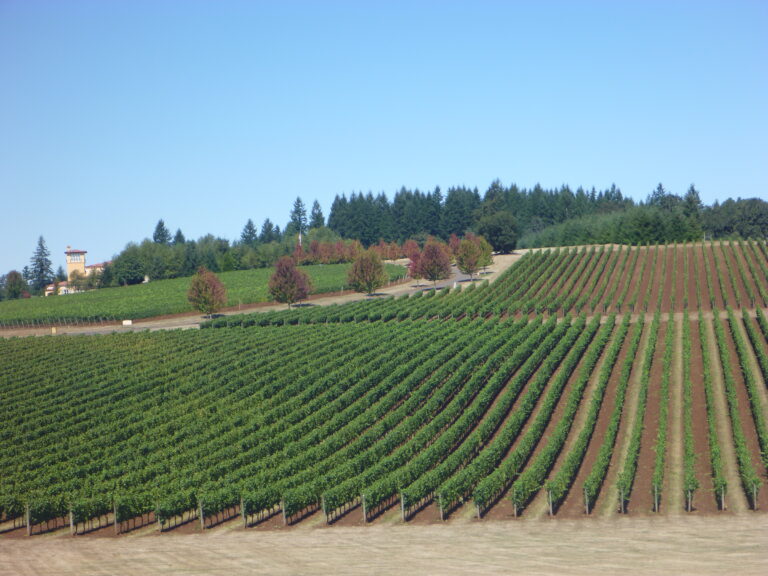When most people hear the word Chablis, they often picture a crisp, mineral-driven white wine served with oysters or fresh seafood. But Chablis isn’t just another white wine—it’s one of the most distinctive expressions of Chardonnay in the world, and it comes from a place that has been perfecting this style for centuries.
A Region Defined by Its Soil
Chablis is a small wine region tucked in the northern part of Burgundy, France. What makes it unique is its famous Kimmeridgian limestone soil, rich with tiny fossilized oyster shells. This ancient seabed gives Chablis its signature flinty minerality—a chalky, almost saline note that sets it apart from the rounder, oakier Chardonnays you might find in California or even other parts of Burgundy.
The Style of Chablis
If you’ve ever thought Chardonnay was “too buttery,” Chablis will change your mind. These wines are lean, fresh, and driven by acidity. Aromas often include green apple, lemon zest, and white flowers, with that unmistakable mineral edge. Oak aging is rare here—most producers keep their wines in stainless steel or neutral barrels, letting the terroir speak for itself. The result is a wine that feels clean, precise, and incredibly food-friendly. Even just the smallest amount of new oak influence on a Chablis can drastically alter the flavor profile.
Four Levels of Chablis
Like much of Burgundy, Chablis is classified into different tiers:
- Petit Chablis – light, fresh, and easy-drinking.
- Chablis – the classic style, showcasing minerality and citrus.
- Premier Cru – from specific vineyard sites, offering more complexity and aging potential.
- Grand Cru – the pinnacle of Chablis, rich yet still elegant, capable of aging for decades.
Perfect Pairings
Chablis is a sommelier’s secret weapon at the table. Its bracing acidity cuts through briny oysters, creamy cheeses, and buttery sauces with ease. It’s equally at home with sushi, roast chicken, or even a simple goat cheese salad. If you want a white wine that elevates food without overpowering it, Chablis is a natural choice.
Why Chablis Matters
In a world where Chardonnay is made everywhere, from Oregon to California, Chablis reminds us of the grape’s origins and purity. It’s Chardonnay stripped down to its essence—no heavy oak, no tropical sweetness, just terroir and tradition in a glass.
So the next time you’re browsing the wine shop and want something that delivers freshness, minerality, and elegance, reach for a bottle of Chablis. It may just redefine what Chardonnay means to you.


